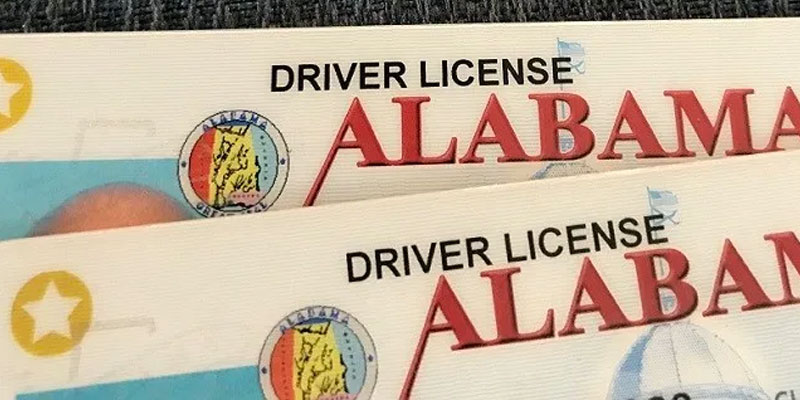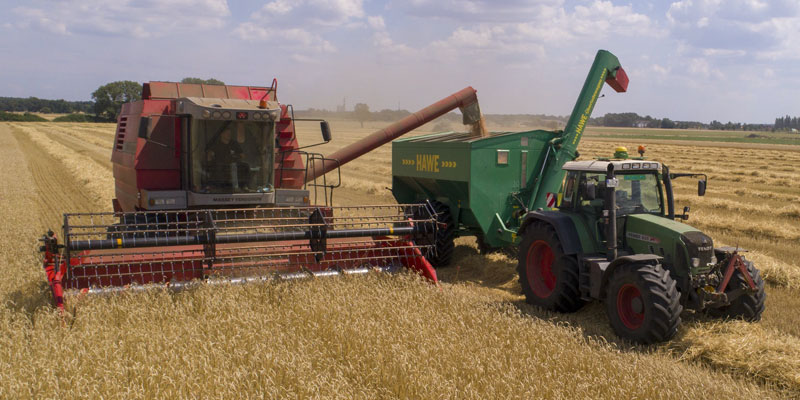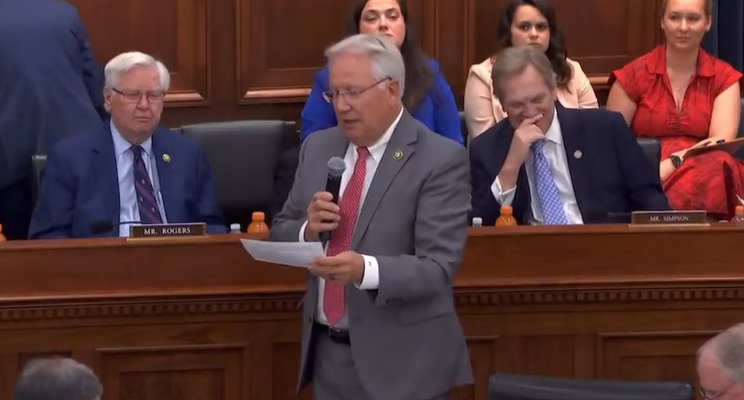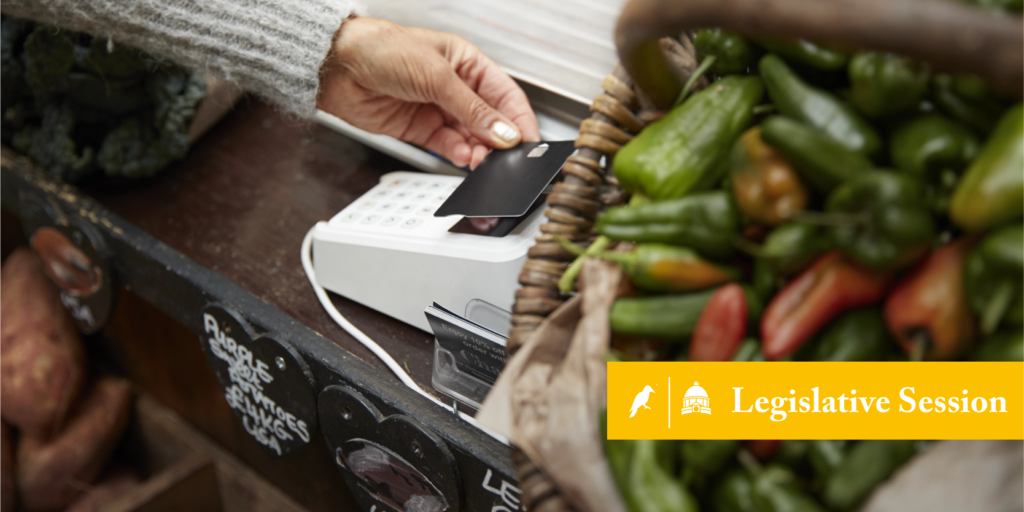
WASHINGTON — Alabama Congressman Robert Aderholt (R-AL4) has introduced a bill that would allow states to impose drug testing as a mandatory prerequisite to receiving food stamps. The issue has been a hot topic in recent months after Wisconsin Governor Scott Walker sued the federal government to allow the screenings.
Aderholt, who chairs the Agriculture Appropriations Subcommittee, brought up the drug screening issue to Agriculture Secretary Tom Vilsack during a congressional hearing on Wednesday.
“We want to see states allowed to drug test,” Aderholt said, adding that he believes fraud and abuse have been rampant in the food stamp program for years.
The food stamp program, officially known as the Supplemental Nutrition Assistance Program (SNAP), is utilized by 46 million Americans and cost roughly $74 billion in 2015. The program’s budget has doubled since President Obama took office.
In addition to giving states the option to drug test applicants, Aderholt’s “SNAP Empowerment and Accountability Act of 2016” would also make it more difficult for individuals already participating in the federal heating assistance program to automatically qualify for food stamps. That move alone would save an estimated $1.2 billion annually. Half of that savings would go toward implementing state-level drug treatment programs.
“One thing that we would like to see is that these states are granted more flexibility to come in and make sure those that are using it for the wrong reasons get help,” Aderholt explained. “This is a compassionate way to try and help these people who have issues, instead of turning the head.”
The federal food stamp program has almost 20 percent more Alabama enrollees than the state’s K-12 public school system, according to an analysis of both programs.
In 2014, Alabama’s monthly average SNAP enrollment was 902,073 and its estimated K-12 enrollment was 734,300, meaning there were 18.6 percent more people enrolled in food stamps than in Alabama’s public schools.
The correlation between the two programs is not necessarily meaningful, other than to illustrate that any state having to give more food assistance to adults — justifiably or not — than education assistance to children should perhaps at least consider the reasons why.
Alabama is actually one of 27 states around the country in which the number of SNAP enrollees outpaces public school enrollment, and nationally the number of enrollees for the two programs is roughly the same.
Unsurprisingly, “States with higher poverty rates tend to have higher ratios of SNAP-to-schoolkids,” writes the Washington Post’s Philip Bump.
According to the U.S. Census Bureau, between 2009 and 2013, an average of 18.6 percent of Alabama’s roughly 4.8 million population was living below the poverty line. Alabama was the sixth poorest state in the nation per capita over that time period.
But while there are undoubtedly many Alabamians in need who are helped by the SNAP program, fraud and abuse have also been found to be widespread.
The Alabama Department of Human Resources issues more than $109 million in benefits every year, and recovered $4.5 million dollars in food stamp fraud in 2013 alone.
In an effort to cut down on fraud an abuse, the Alabama Legislature in 2014 pushed through a package of bills that drastically reformed the state’s taxpayer-funded public assistance programs.
The four-bill package included measures to increase penalties for fraud; require welfare applicants to submit job applications before receiving benefits; prohibit spending of welfare benefits on liquor, tobacco, casinos and strip clubs; and allow for drug testing of welfare applicants who’ve had a drug conviction within the past five years.
Related:
1. Hidden camera report uncovers Alabama food stamp fraud costing state millions
2. Huge EBT fraud ring sending money to Yemen uncovered in Alabama
3. Palmer: If Obama wants debt limit hike, welfare recipients must go to work












